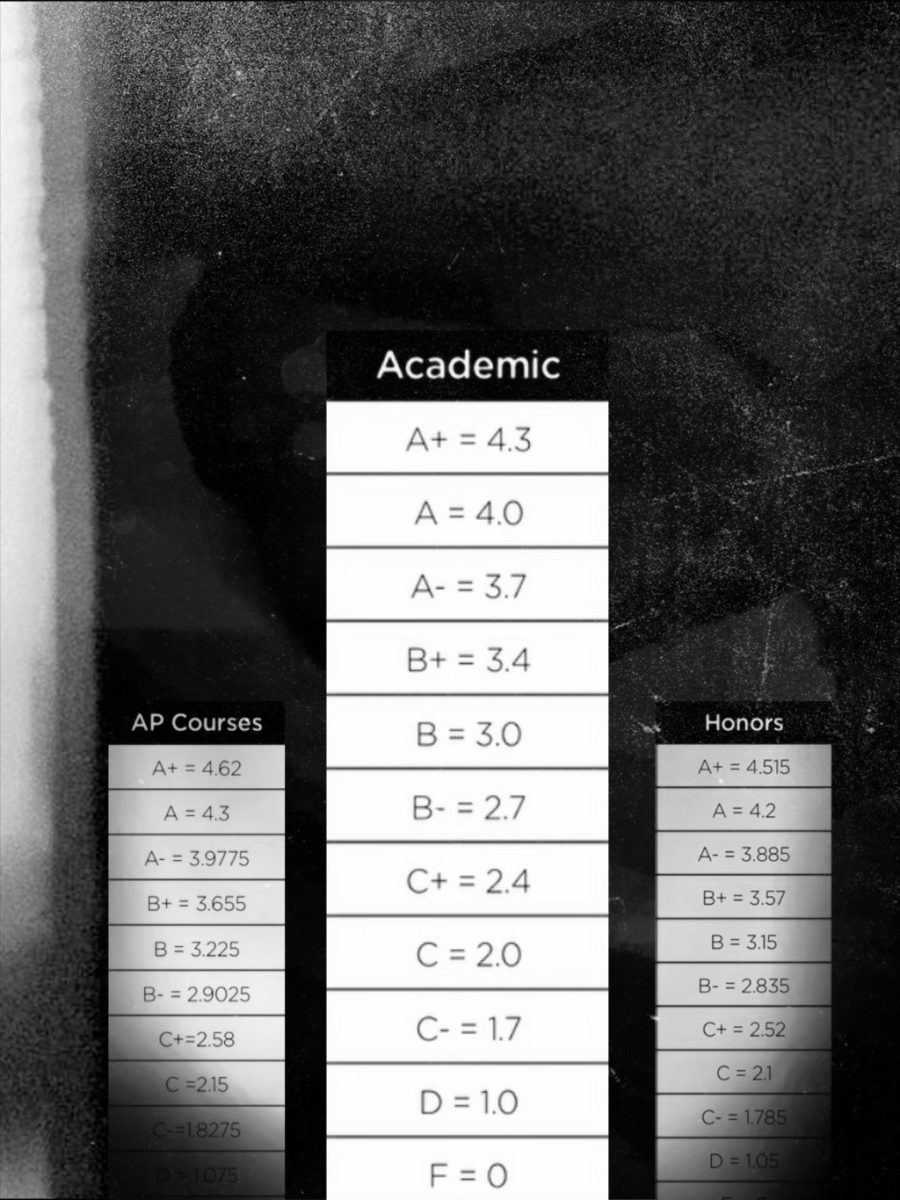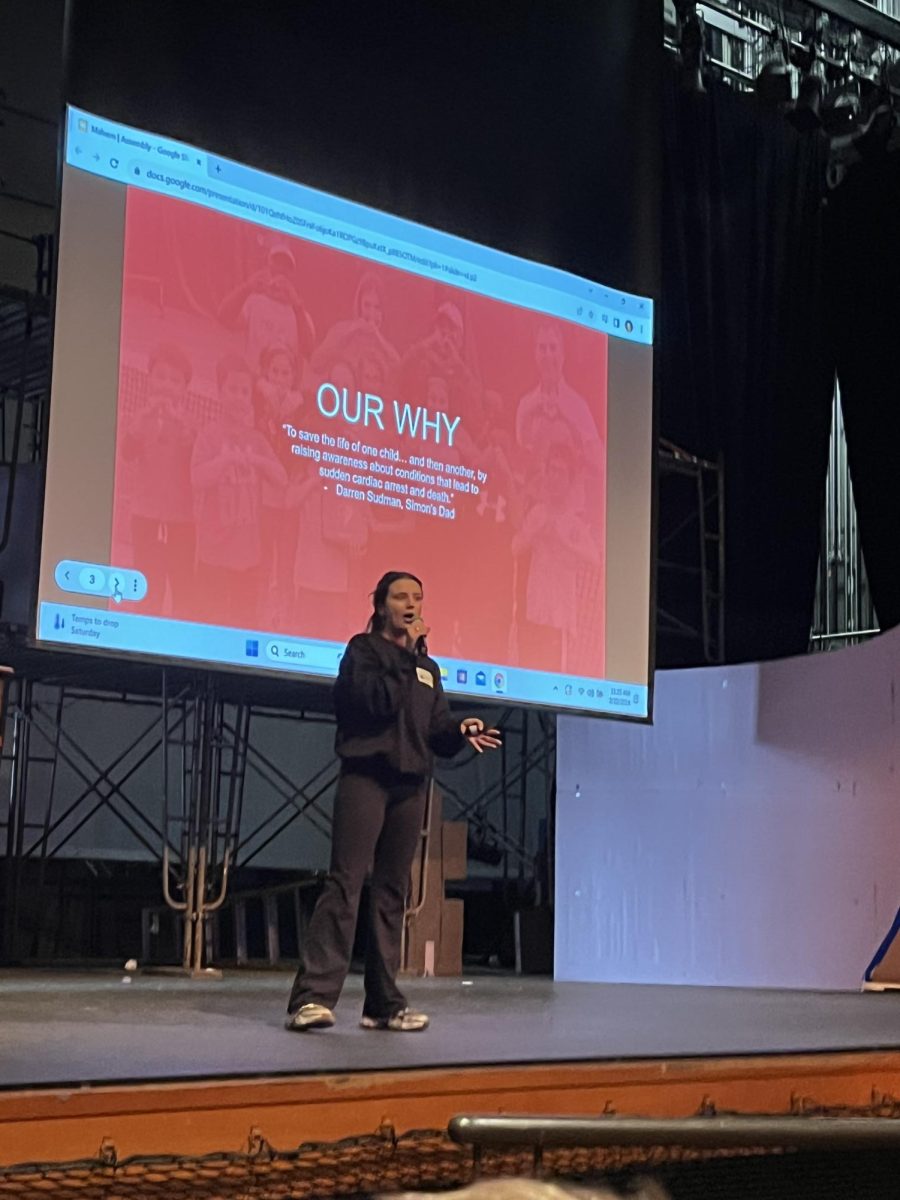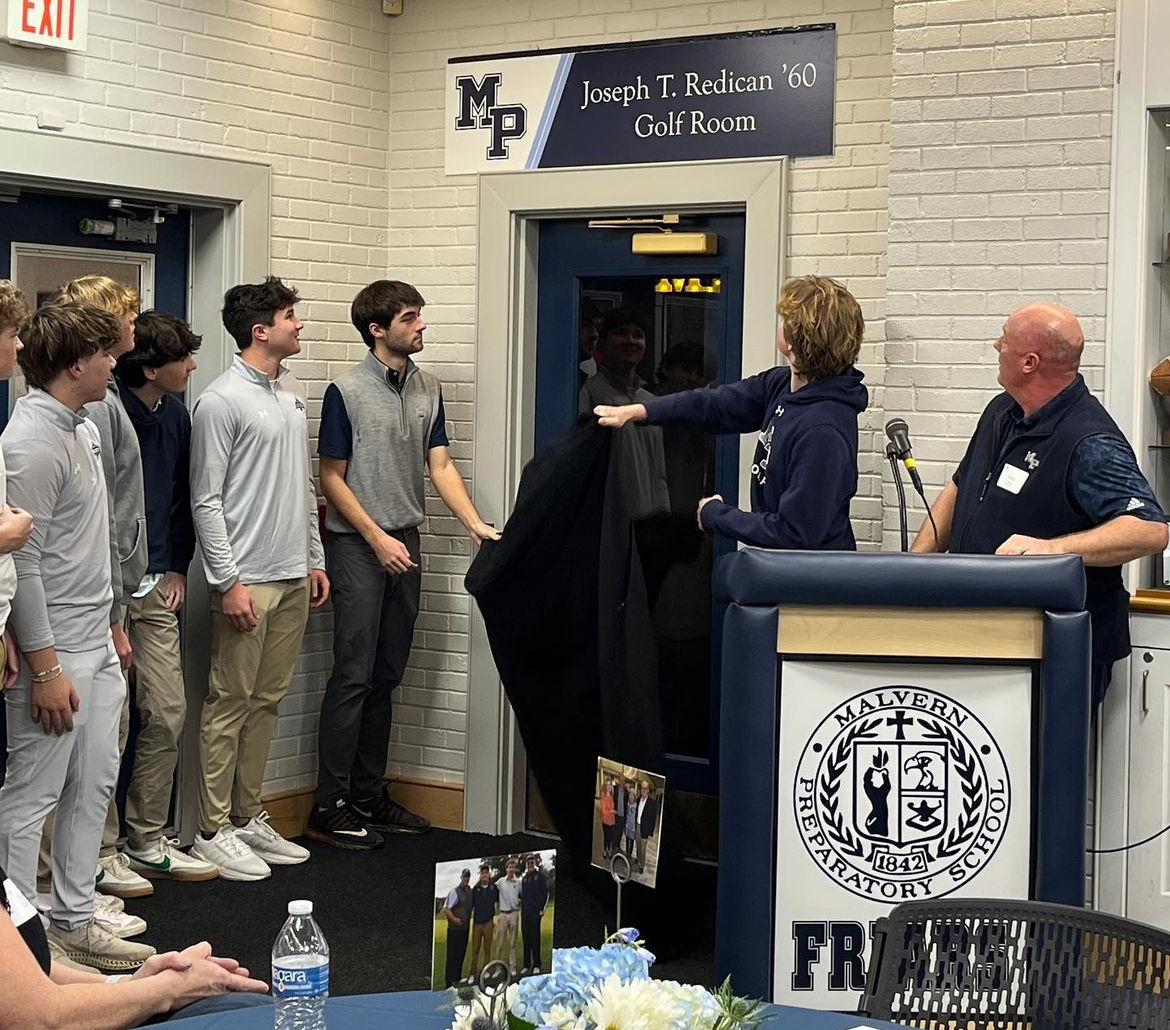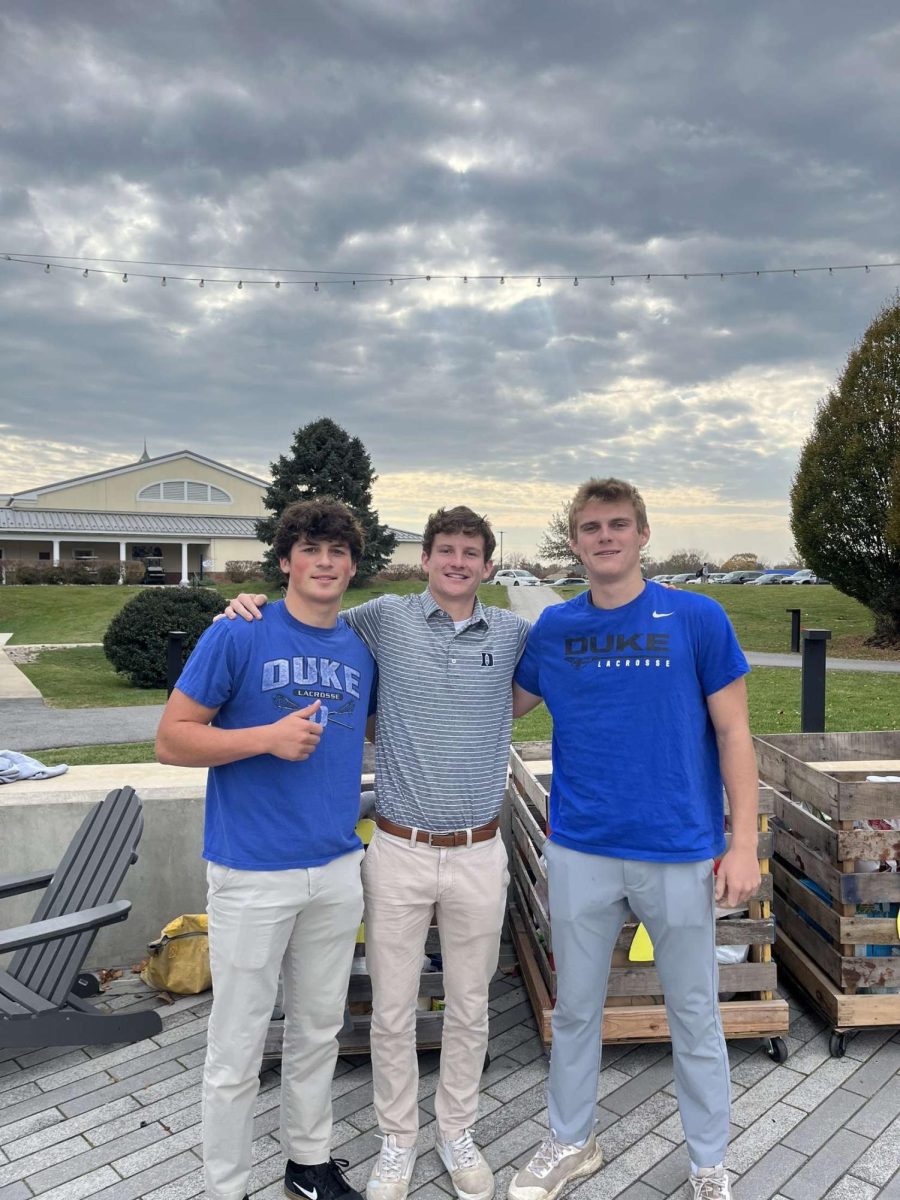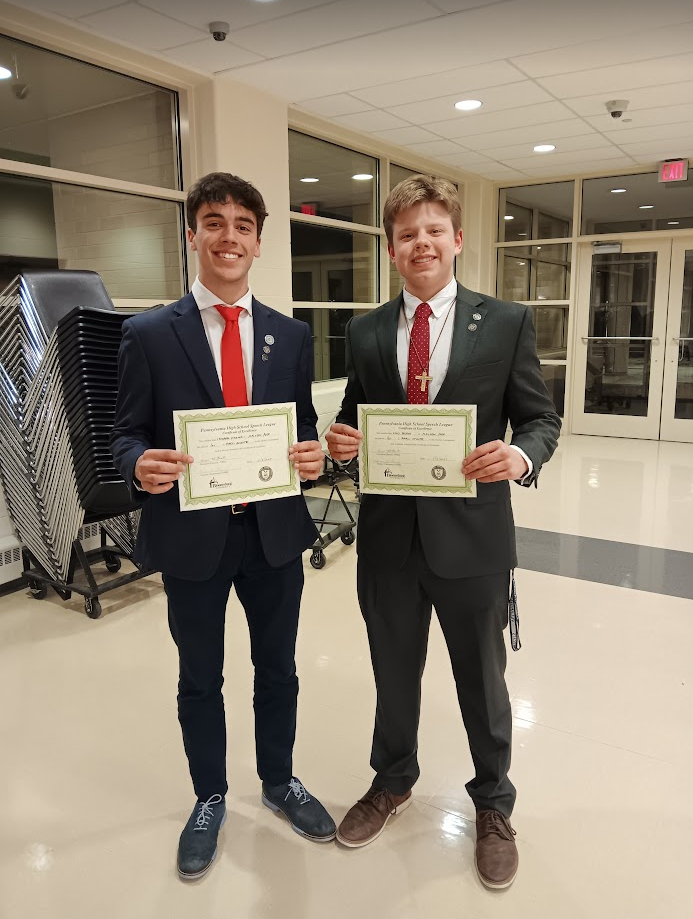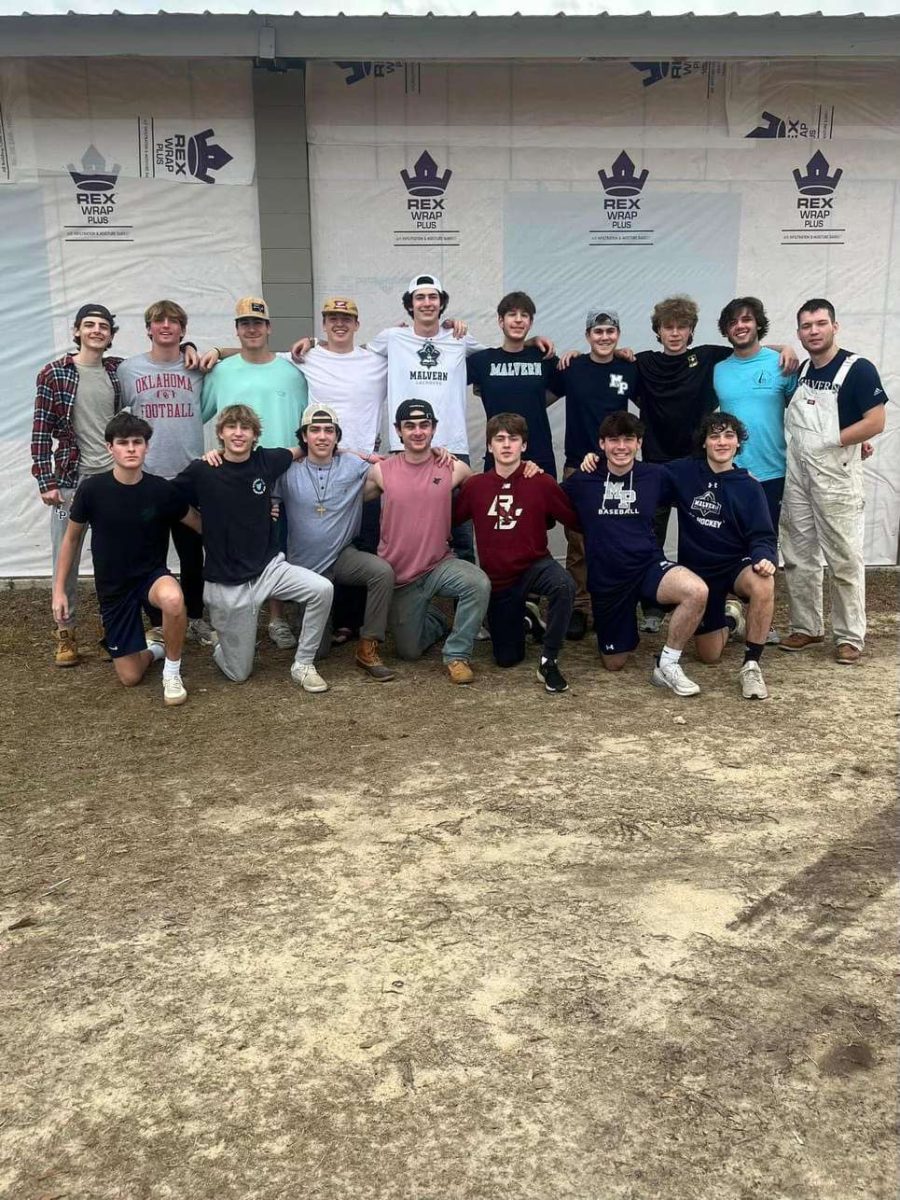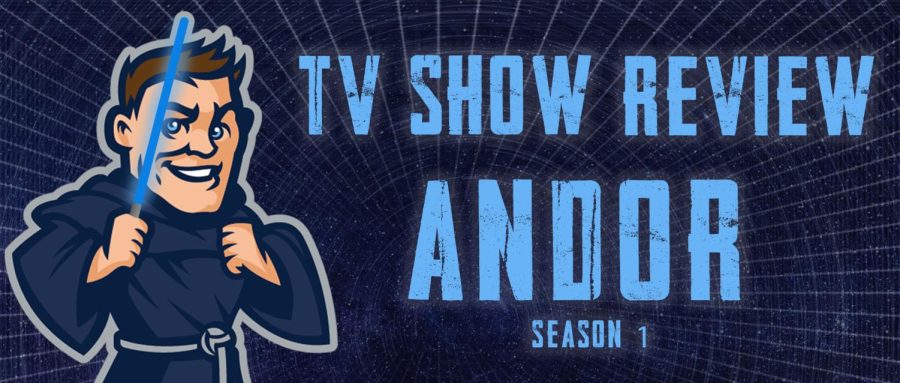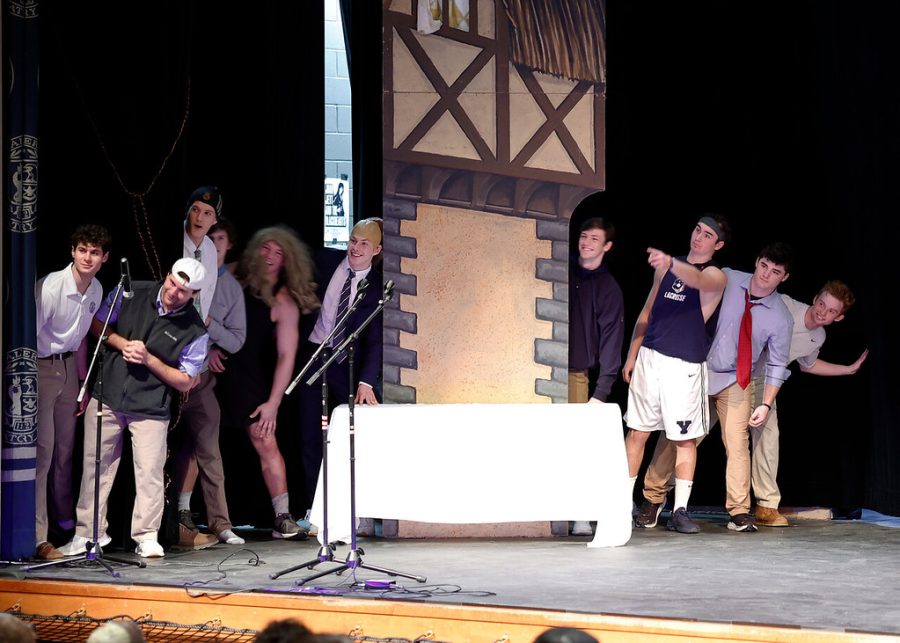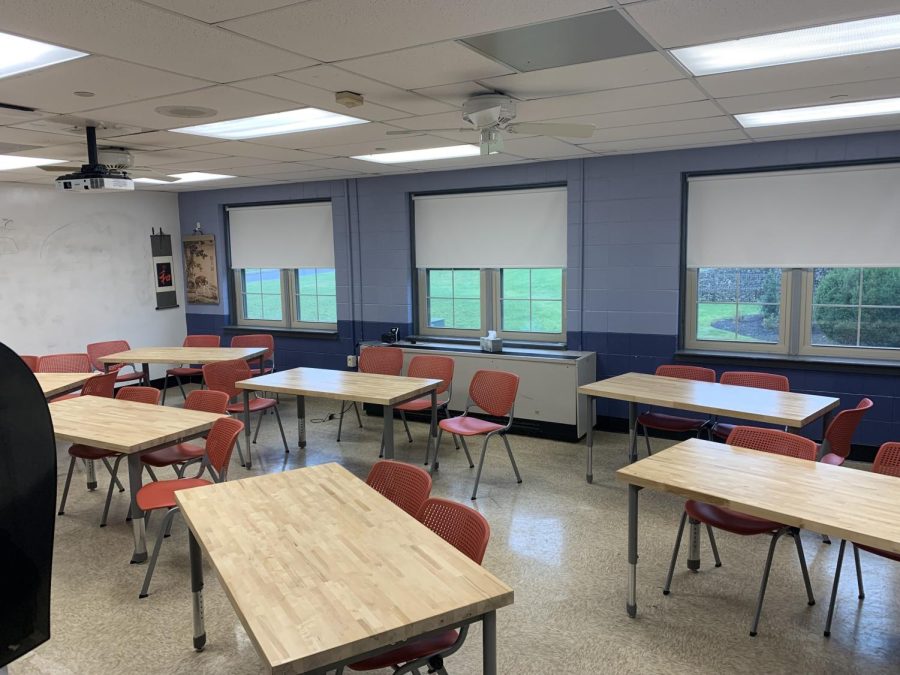After the scariest day of my life, my slow recovery from a serious concussion began.
I had never been inside of an ambulance before. But you know what they say – there is a first time for everything.
I had also never been diagnosed with a concussion – that was, until November 25, 2016. On the day after Thanksgiving, I was helping my dad to move our batting cage to our neighbors house, and the unthinkable happened.
I don’t remember much from that day. I remember sitting on the tailgate of my dad’s truck. Then I remember waking up in the emergency room, unable to move.
I’ve never been more scared in my life.
I wondered if I would ever be able to walk again. Not being able to feel my legs or anything below my waist was terrifying.
However, the feeling in my legs came back shortly, which was very comforting. I continued to pray, holding my MECO cross in my hand with a death grip. The only thing I cared about at that time was my cross.
The trauma doctor came in and told me both good news and bad. The good news was that my neck and spine were not broken or fractured. The bad news was that I had to stay in the hospital until the internal bleeding in my head stopped.
The night in the hospital was awful. I didn’t sleep and didn’t eat. You’d think that when someone got a severe head injury that they would let them sleep. It was the complete opposite.
What seemed like every hour, the nurse came in, took my vitals, gave me medicine, and either drew blood or made me eat something. All I wanted was sleep.
Unlike a broken leg or arm where you can still do things, a head injury means that you have to shut everything down. That’s what I did – or what I tried to do, anyway.
First Steps
As the doctors explained my treatment, I learned that the process for healing a head injury was a multi-step program. The first step to the program is called the “Black Box.” Literally all I was allowed to do was sleep, listen to television at a low volume, and stare at the ceiling. I learned to enjoy watching the ceiling fan go around and around.
Basically you can do anything that didn’t hurt or bother your head, and at that moment nearly everything did. I just slept all day for the first stage of my recovery.
“This type of treatment is great for as soon as you get a concussion. It is important to shut your brain down and not put any more stress on it than there already is,” Athletic Trainer Dr. William Mills said. “You can listen to music, watch little to no TV, and sleep.”
So, once I was no longer sleeping all day, I sat on my couch for an entire week and listened to the entire series of “Always Sunny in Philadelphia” on Netflix like it was my job.
In fact, I sat down for so long I was nearly paralyzing myself. I became unable to walk normally, sit or sleep comfortably, or stand without pain.
Now, not only was my head killing me, but so was my tailbone, lower back, neck, and legs. My mom begun to worry and started questioning whether or not I fractured my back or tailbone.
Dr. Brian Vernau, my concussion specialist doctor at the Children’s Hospital of Pennsylvania, said that the Black Box treatment is good to an extent, but perhaps not for long-term use.
“It is good for a the first day or two, but when you start sitting around too much it actually makes it harder to kickstart your brain when you’re ready for action,” he said.
While it felt like my whole world was a black box, reminders that people cared were an important part of my recovery.
The Sunday after I got out of the hospital, Father Flynn visited me at my house. I had no idea that he was coming.
When he walked in my door, I suddenly got the urge to cry – especially when he presented me with a new leather cord for my cross. The doctors had cut mine off while I was in trauma. They could not risk moving my head or neck at the time.
Slow Progress
For me, the hardest part was not being able to go to school or work out. I know that sounds odd for a high schooler to say that, but I love every second I am at Malvern.
I had only missed one week of school due to my injury. However, when I returned, I couldn’t jump right back into work. It took me roughly two weeks to be able to start catching up with the work that I missed and learning the new material that we were going over in classes.
Dr. Vernau didn’t want me jumping into things too early. “If you rush back into school and activities then you are actually delaying the healing process for your brain,” he said.
All the work that I missed didn’t really stress me out much because Mr. Mills assured me that Malvern has a solid concussion protocol to help students recover.
Mills works on a team with Learning Specialist Mrs. Francine Cox, School Psychologist Dr. Dorothy Sayers, School Nurse Mrs. Catherine McGettigan, and the school counselors to help determine an action plan for each student at Malvern who is recovering from a concussion.
My first day back in school was the Monday after my injury I went straight to Associate Director of School Counseling Mrs. Ann Wuetig-Coia’s office, where I met with her and Mrs. Cox. We discussed how I was going to ease my way back into school without doing any more damage to my head.
“We want you taking it easy and doing things that you are capable of,” Wuetig-Coia said.
My family was very impressed by how Malvern handled my situation and reached out to me. My grades were frozen, and all my teachers worked together in making the transition back into work fair.
For my first and second weeks back, I was able to go to the nurse or a quiet spot on campus that was dark to sleep.
I didn’t use that privilege much because I didn’t want to miss any more work. I usually just pushed through the day and worked through the headaches. It was senior year, and I had already missed a full week of school. I didn’t want to miss anything else.
“Headaches aren’t always bad at this point in a concussion,” Dr. Verneau said. “It is good to manage what does and doesn’t give you headaches.”
Just like an athlete has training and working out to do, I had exercises for my head to do. Dr. Verneau gave me eye exercises that I had to do every day. These exercises were actually designed to make my head hurt.
“What you are doing is strengthening your head to fight your headaches,” Dr. Verneau said. “Eventually you will be able to do them without getting headaches.”
Research and Recovery
I was constantly being told to take it easy, and not to push myself to get back right away. So, as soon as I could start reading again, I began to do a ton of research on my own.
Whether it was scaring myself with worst possible scenarios, or achieving the mindset to recover fully, the research did help me to understand what I was going through.
Some articles suggested that a more active approach might be better than basic rest. An October 2016 story in the Wall Street Journal referenced new evidence that resuming normal activities shortly after a concussion can enhance recovery.
I trusted this research most when I felt ready to start moving again.
Mr. Mills had me running outside on the track within three weeks of my injury. I started on the bike for 20 minutes, than did a symptoms test. The next day I ran for 20 minutes on the treadmill and repeated the symptoms test. The third day I ran two miles outside on the track and did the same symptoms test for a third time.
It felt good to start being active again after what felt like too much time spent resting during my senior year.
I spoke with senior Cullen Pina a lot during this period. Pina missed so much school after a concussion in October 2014 that he had to repeat his junior year.
“Take it real easy for the first few weeks back,” Pina said. “The first week is the most important time for the healing process.”
Pina reminded me to take my recovery seriously, but he could also relate to how impatient I felt. He was constantly asking me how I was doing during school, and reminding me that if ever needed anything to let him know.
He honestly helped me more than the doctors.
Dr. Vernau was a great doctor who obviously knew what he was talking about. Malvern’s concussion team was incredibly supportive. All of the doctors and adults told me what to do, but I didn’t really want to listen to them. I wanted to get back to normalcy as fast as possible.
I connected with Pina. He understood how I felt, and I understood what he was talking about.
There is nothing better than brotherhood, even in concussion recovery.
Hearing and reading different approaches to concussion recovery was a great thing for me. Every concussion is different, so every approach to recovery is different, too.
Between the doctors, Malvern’s team, and supportive family and friends, and especially listening honestly to how I felt, I got great advice. I believe I got the right amount of rest, and began doing work at the right time.
After taking it slow – but not too slow – through concussion recovery, I was cleared from my concussion on Thursday, January 5, and I’m now enjoying every minute of my last semester at Malvern.
I learned a few things from this experience.
One, I learned that I never want to go to a doctor’s office again.
Two, although you cannot physically see a concussion, they are just as serious or even more serious than other injuries.
Three, you can never be too careful with your brain. You only get one.



